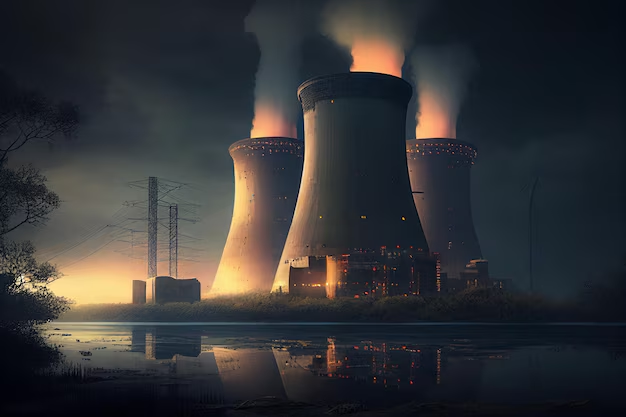In an unexpected twist, Silicon Valley is turning to nuclear power—not to build bombs, but to fuel its ever-expanding artificial intelligence (AI) projects. With the energy demands of AI generation increasing rapidly, major tech giants like Microsoft, Google, and Amazon are embracing nuclear energy as a sustainable solution. But while this may sound like a win for the environment, could it also be a risky gamble?


The Power-Hungry AI Revolution
Artificial intelligence has become a cornerstone of modern technology, powering everything from virtual assistants to advanced machine learning models. However, the energy required to keep these systems running is immense. For example, a year’s worth of ChatGPT usage alone consumes enough electricity to power entire countries, such as New Zealand or Nigeria, for months. By 2030, data centers—the backbone of AI—are projected to consume 9% of all electricity in the United States, up from 4% today.
This energy consumption is proving to be a significant challenge for tech companies that have committed to reducing their carbon footprints. Both Microsoft and Google have pledged to be carbon-free by 2030, yet their carbon emissions have only increased since 2020, with Microsoft up by 40% and Google by 48%. As renewable energy sources like solar and wind struggle to meet these colossal energy needs, nuclear power is emerging as the next best option.
Enter Nuclear Power: A Controversial Solution
Nuclear energy offers a key advantage over renewables: consistency. Unlike solar and wind power, which depend on weather conditions, nuclear power plants can operate at over 90% capacity year-round. This steady stream of power is essential for data centers that need to operate without interruption, making nuclear an attractive option for Big Tech.
Recently, Microsoft made headlines by partnering with the 3M Island nuclear reactor—infamous for its 1979 accident—to provide power for its future data centers. Meanwhile, Google is investing in small modular nuclear reactors (SMRs), which are considered safer and more efficient than traditional reactors. Amazon has also joined the race, striking a deal with Dominion Energy to build a new reactor in Virginia to supply energy to its massive Amazon Web Services (AWS) data centers.
A Rocky Road Ahead
Despite its potential, nuclear energy faces significant hurdles. The public still associates nuclear power with disasters like Chernobyl and Fukushima, and concerns over safety and radiation persist. While recent surveys show growing support for nuclear energy, convincing people to accept reactors in their communities is another matter entirely.
Moreover, the U.S. nuclear industry has struggled in recent years. While seven nuclear reactors have been decommissioned in the past decade, only two new ones have come online. Regulatory challenges and high costs continue to hinder nuclear expansion, raising questions about whether it can truly be the solution Big Tech needs.
The Future of AI and Energy
As AI continues to grow, so too will its energy demands. Big Tech’s turn to nuclear power is a clear sign that the energy landscape is shifting. Whether nuclear can live up to its promise of providing a green, reliable power source remains to be seen. One thing is certain: as technology evolves, the way we power it will shape our future.
In the race to dominate AI, Silicon Valley is betting big on nuclear energy—but only time will tell if it’s a winning strategy.